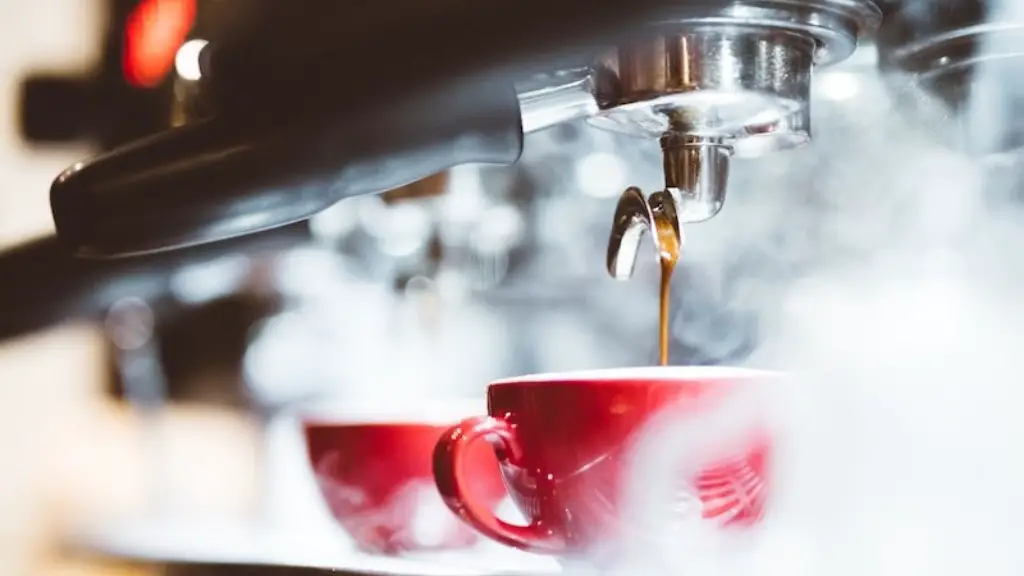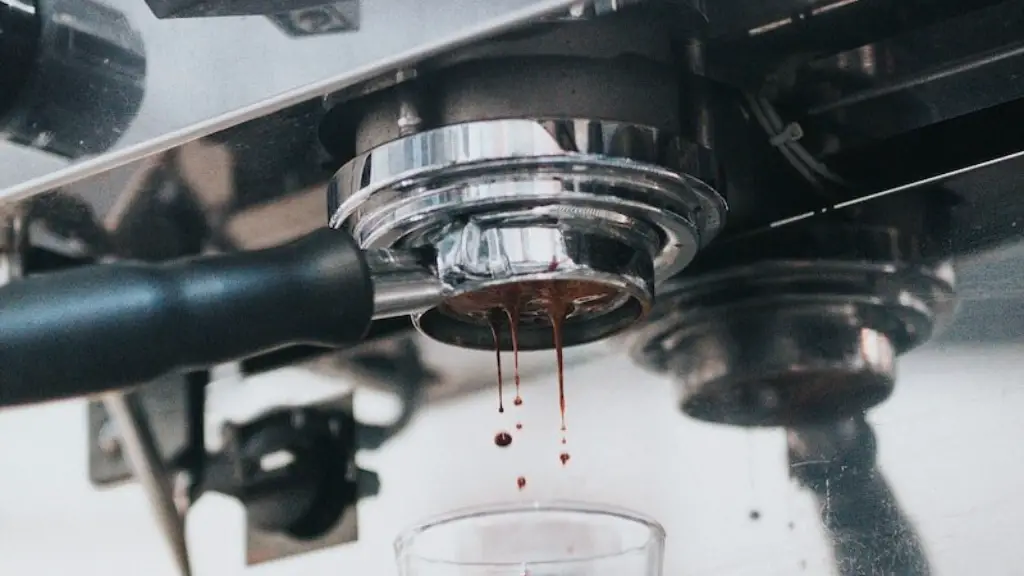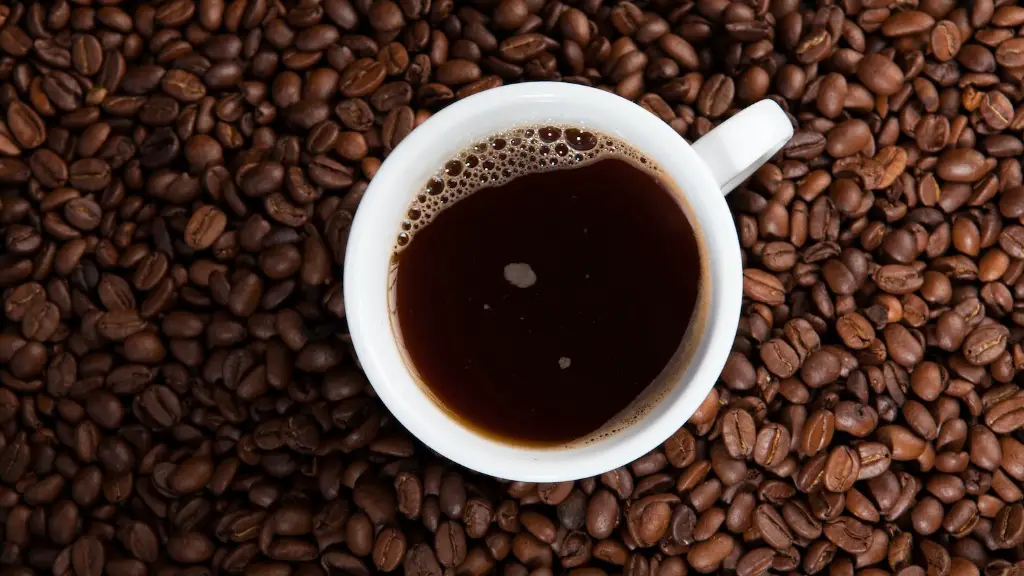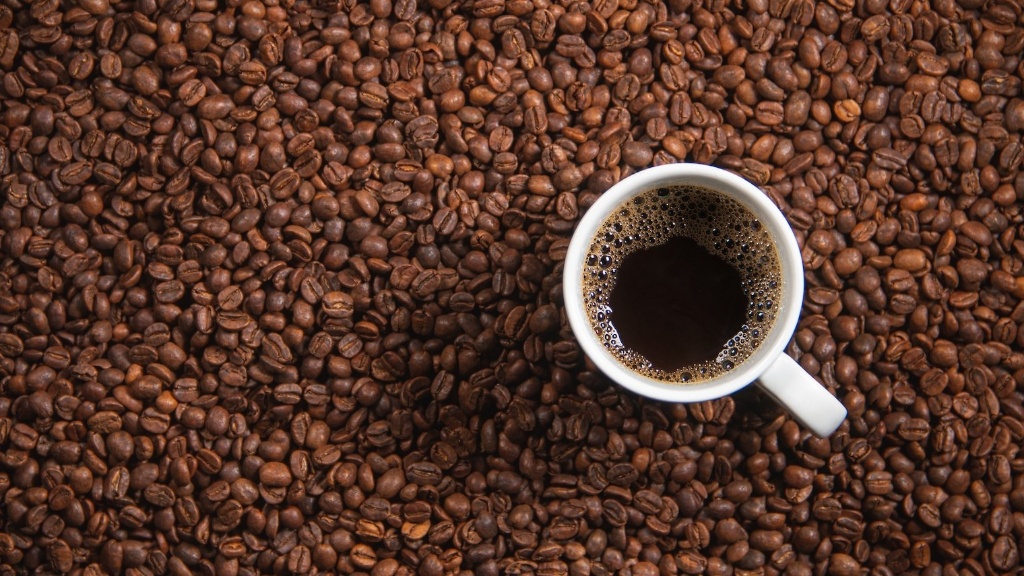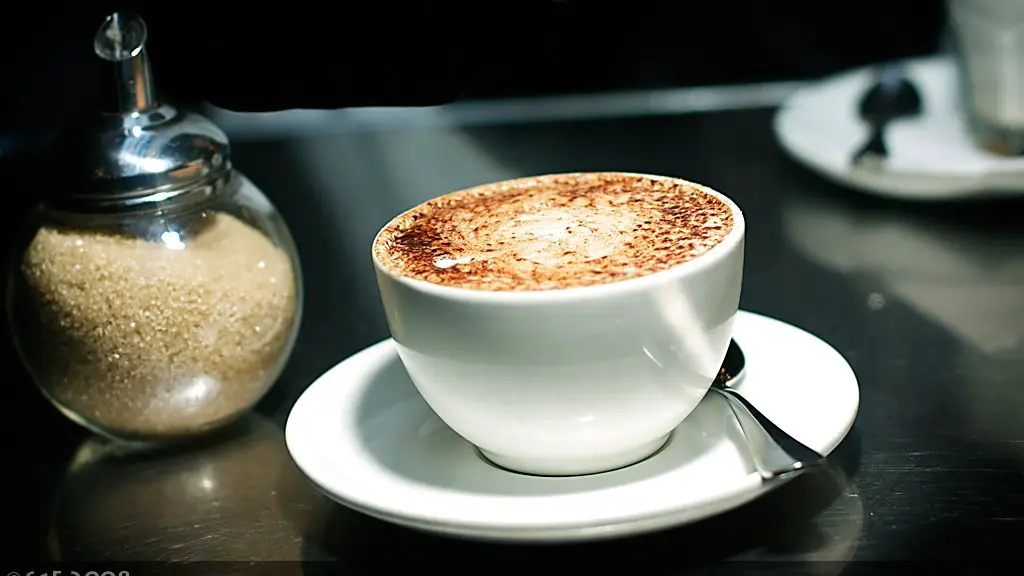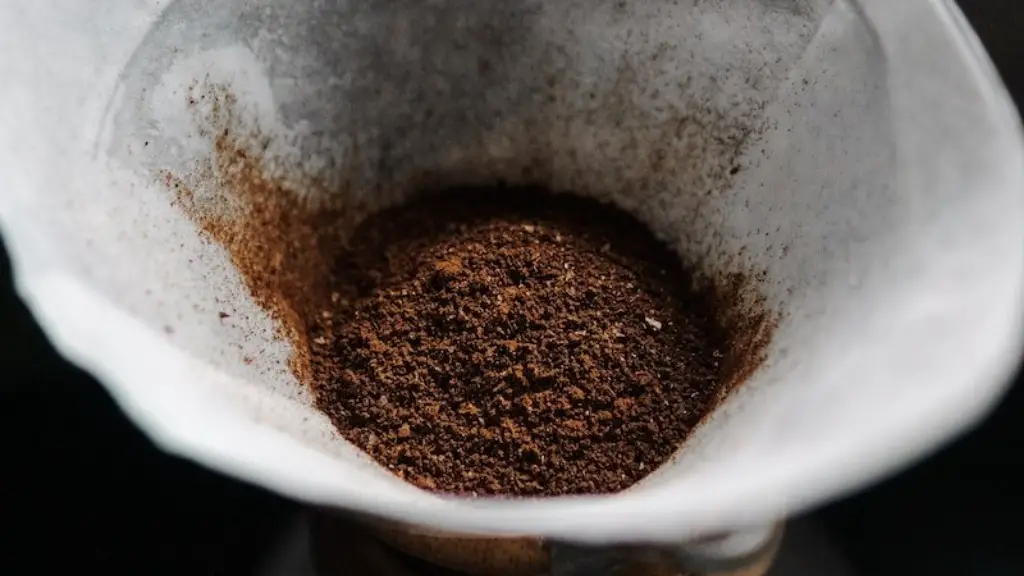Are you in need of a quick cup of coffee but don’t have a coffee grinder on hand? Don’t worry, there are several methods you can use to grind your whole coffee beans without a coffee grinder. The most important thing is to find a method that works for you and produces the desired grind size. So, whether you’re looking for a coarse grind for your French press or a fine grind for your espresso machine, we’ve got you covered.
It is possible to grind whole coffee beans without a coffee grinder by using a food processor or blender. However, it is important to note that the resulting grind will be much coarser than if it had been done with a coffee grinder. It is also possible to grind coffee beans in a mortar and pestle, but this will require a lot of elbow grease and will produce a very uneven grind.
How can I grind whole coffee beans without a grinder?
You can definitely grind coffee beans without a grinder – there are plenty of other ways to do it! You can use a blender or food processor if you don’t want to grind them by hand, or you can use a hammer, mortar and pestle, hand mincer, or rolling pin to grind them by hand. With each of these methods, you can make the grind as fine or coarse as you want. So go ahead and give it a try – you might be surprised at how easy it is!
Using a mortar and pestle is the best way to get a consistent medium-fine to fine grind on your coffee beans. It will take a little time and elbow grease, but you should get excellent results. If you want more consistent results, try blitzing a scant 1/2 cup of whole beans at a time in a food processor.
How do you grind coffee beans by hand
If you don’t have a coffee grinder, you can hand-pulverize beans using a mortar and pestle or even a rolling pin. Just be sure to crush to a consistent size.
If you’re looking to make coffee at home, the first step is to grind your beans. You can do this by using a blender to pulse the beans on medium speed. This will create a coarser grind, which is great for brewing with a drip coffee maker, French press or cold-brew coffee maker.
Is it better to manually grind coffee beans?
There are a few reasons why manual coffee grinders might produce slightly better tasting coffee than automatic grinders. Firstly, manual grinders don’t heat up coffee beans during grinding, whereas most automatic grinders grind at high speeds, which can cause the coffee beans to heat up slightly from the friction. Secondly, manual grinders usually allow you to be more precise with your grinding, so you can get a more consistent grind size, which can lead to better tasting coffee. Finally, many people simply prefer the experience of grinding their own coffee beans by hand.
The Magic Bullet is a great affordable option for grinding coffee beans if your current coffee grinder dies. You would do better with a manual coffee grinder with actual grinder settings, but the Magic Bullet is still a perfectly viable option.
How long should you grind whole coffee beans?
30 seconds is all you need to grind coffee beans in an electric grinder.
Yes, you can grind your coffee beans in a processor or any food processing apparatus that comes with a blade. You can use it to get a medium-fine grind with some consistency if you practice a bit. Let the processor go to work on your beans for a few minutes and you’ll get a medium-fine grind.
How many beans do I grind for 8 cups of coffee
For making the perfect cup of coffee, use 7 Tablespoons or ~40 grams of light roasted, whole bean coffee. If you want to make 6 cups, use 10 Tablespoons or ~ 60 grams of coffee. For making 8 cups, use 14 Tablespoons or ~80 grams of coffee.
It takes between 30-40 seconds to grind 10 grams of coffee using Handground’s ergonomic, side-mounted handle. This makes grinding easier than grinders with traditional top-mounted handles.
How long does it take to hand grind beans?
On average, it will take a manual grinder 1 minute to hand grind the coffee beans for one cup of coffee. This varies according to the type of hand coffee grinder you are using, the size of the grind (fine espresso grind takes longer than a coarse cafetiere grind) and the strength of your coffee.
If you don’t have a coffee maker, don’t worry! You can still make a delicious cup of coffee. All you need is some water, coffee grounds, and a way to heat the water.
First, boil the water using whatever method you have access to. Then, add the coffee grounds and salt to a small pot, jar, or coffee mug. Allow the coffee to bloom for 4 minutes.
Next, strain out the grounds using a strainer. We recommend doing this into a mug to avoid making a mess.
And that’s it! You now have a delicious cup of coffee without a coffee maker. Enjoy!
Is it better to grind coffee beans in a blender or food processor
Pulsing your coffee in the food processor can help you get a more even grind, but if you’re a big coffee lover, you might want to invest in a grinder. That way, you can get the perfect grind for your coffee every time.
There are a few different ways that you can grind green coffee beans, depending on what you have available. A green coffee grinder will give you the best results, but a hand grinder with steel burrs will also work well. If you don’t have either of those, you can use a blender’s pulse setting to grind the beans. Alternatively, you can use a pestle and mortar to grind the beans by hand. Whichever method you use, make sure to grind the beans evenly so that they’re all the same size.
What is the difference between grinding and blending?
The main difference between a grinder and a blender is that grinders grind solid food into smaller particles, while blenders cut, mix, or mash food. Grinders and blenders are both powered by electricity, but grinders typically have blades that rotate at a high speed to grind food into small pieces, while blenders have blades that rotate at a lower speed to mix or mash food.
The main reason people are encouraged to spray coffee beans prior to grinding is because this reduces the amount of static. Therefore you have less coffee grounds sticking to the side of your portafilter/grinder so you use all of the grounds whilst creating less mess.
Should I weigh coffee beans before or after grinding
It’s always best to measure your coffee before grinding it. That way, you’ll have the exact amount you need and won’t end up wasting any. If you grind your coffee first and then measure it, you might end up with either too much (and will have coffee left over) or too little (and will need to grind more).
If you are trying to clean your roasted coffee beans, shaking them in a colander or sifter is the best way to remove any dust or debris. However, washing them will not remove any oils or flavors, as they have already been through the roasting process.
Conclusion
You can grind whole coffee beans without a coffee grinder by using a blender. Add the beans to the blender and blend on high for 30 seconds to 1 minute. The longer you blend, the finer the grind will be.
There are a few ways to grind coffee beans without a coffee grinder. One way is to use a blender. Simply add the beans to the blender and pulse until they reach the desired consistency. Another way is to use a food processor. Again, add the beans to the food processor and pulse until they reach the desired consistency. Finally, you can also use a mortar and pestle. Add the beans to the mortar and pestle and grind until they reach the desired consistency.
